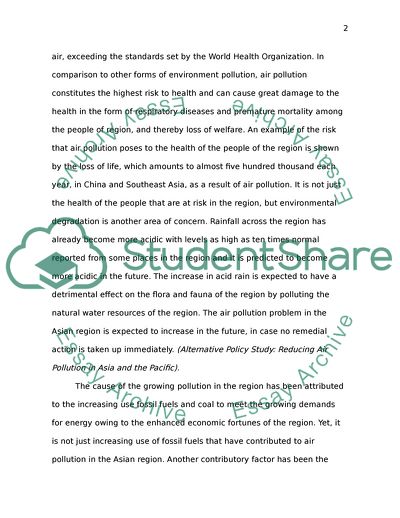Cite this document
(The Air Pollution Problem in the Asian Region Term Paper - 1, n.d.)
The Air Pollution Problem in the Asian Region Term Paper - 1. Retrieved from https://studentshare.org/environmental-studies/1703845-environmental-science
The Air Pollution Problem in the Asian Region Term Paper - 1. Retrieved from https://studentshare.org/environmental-studies/1703845-environmental-science
(The Air Pollution Problem in the Asian Region Term Paper - 1)
The Air Pollution Problem in the Asian Region Term Paper - 1. https://studentshare.org/environmental-studies/1703845-environmental-science.
The Air Pollution Problem in the Asian Region Term Paper - 1. https://studentshare.org/environmental-studies/1703845-environmental-science.
“The Air Pollution Problem in the Asian Region Term Paper - 1”. https://studentshare.org/environmental-studies/1703845-environmental-science.


